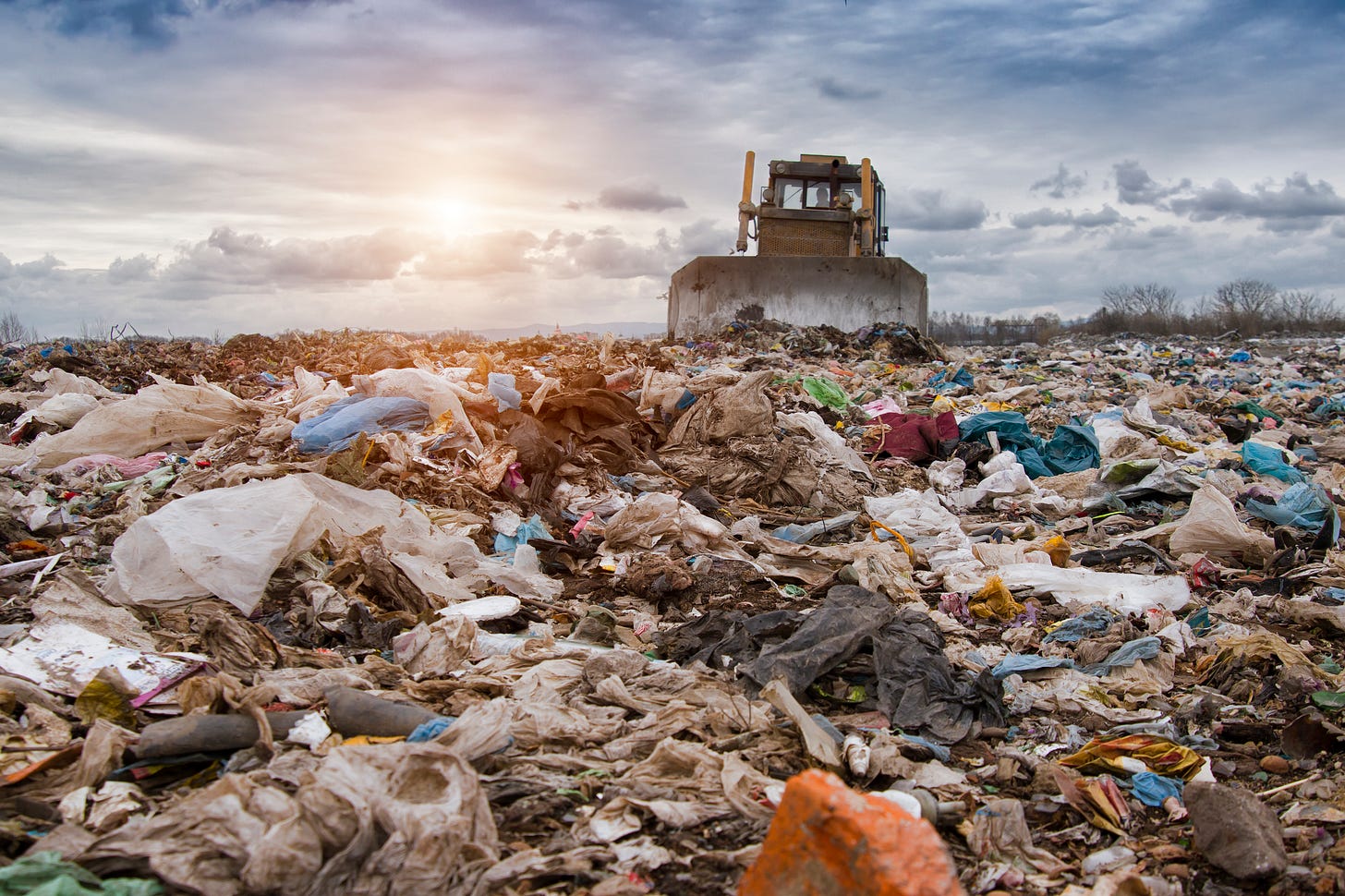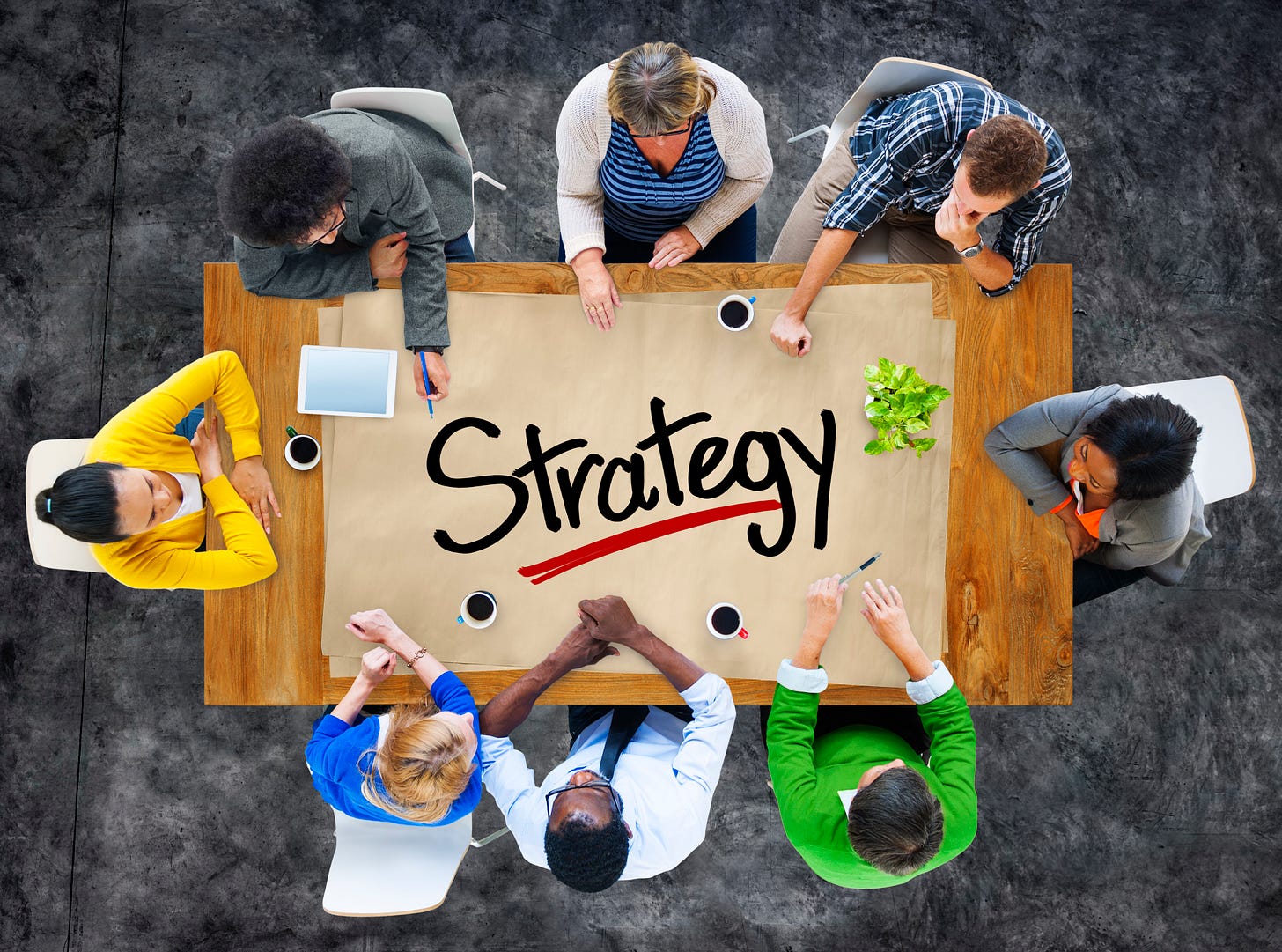The GRIT - Issue 2
Green, Resilient, Inclusive, and Technology-Driven Paths to Sustainability
Thank you for reading the second issue of this newsletter. Here, I share articles, book reviews, event reviews, and other news I have found interesting in the past weeks. I am focusing these days on climate adaptation, ways to design a green, resilient, and inclusive post-pandemic recovery, and disruptive technologies for sustainable development.
Feature Article
This article completes the list of my top 10 favorite 2020 reports on climate adaptation and resilience. In this article, I review reports such as FAO's 2020 State of Food and Agriculture, with a strong emphasis on the needs for transformative adaptation on the water and food nexus, and the World Bank's new Adaptation Principles, with practical toolkits and indicators to help with climate adaptation planning.
As it is always so difficult to stop at 10 when preparing these lists, you get a bonus selection. Some of the extra reports cover topics such as climate risks and sovereign debt, and how to adapt social protection mechanisms to enhance poor households' resilience in a changing climate.
And don't miss the flagship State and Trends in Adaptation Report 2020, launched at the Climate Adaptation Summit a couple of weeks ago.
Post-Pandemic Recovery and Sustainability
The discussions on how to design post-pandemic economic recovery programs continue. I found this article from Brookings reviewing past lessons of infrastructure stimulus plans quite relevant for today's challenges. The blog and background paper examine what works best and what didn't work as well in the 2009 US stimulus program (the American Recovery and Reinvestment Act) and its infrastructure investments.
We have included some of these lessons in the articles I have been writing with colleagues on "how to" design specific programs for a green, resilient, and inclusive economic recovery. The choices that will be made in these recovery programs are critical given the very limited fiscal space. The traditional big infrastructure projects may not be feasible. In the short term, their job generation benefits are not always clear, even with "shovel-ready" projects.
In this newsletter, I want to share two articles in this series. The first one, written with @AnnaWellenstein and @julierozenberg and posted on the WEF platform, discusses six proposals for a sustainable recovery in Latin America in the Caribbean.
The second one, written with @silpa_kaza and posted in WRI's City Fix, focuses on solid waste management. This is a sector that is not usually on the top of the list for economic stimulus programs. We argue that solid waste is a sector that can generate lots of jobs and SMEs and bring significant environmental and climate adaptation benefits. Furthermore, it can – with well-designed interventions – not only improve services to the poor but open up opportunities for SMEs led by entrepreneurs from excluded groups in society.
A final recommendation on this topic. Stephane @Hallegatte and his colleagues have develop a framework to screen possible recovery programs that achieve short-term economic stimulus objectives, while integrating climate policies and building resilience. You can read about an application of their model in Cyprus here. There are opportunities to expand to other criteria such as inclusion, resource efficiency, and green measures beyond climate.
Book Review
I enjoyed reading “The Good Ancestor: How to Think Long Term in a Short-Term World” by Roman Krznaric. In this book, he discusses the challenge of the “Cathedral Thinking” that good ancestors had. The book’s main question is how to shift from the short-term fast-paced immediacy of goals and results to making decisions and taking actions that include future generations.
I like the book's discussion on how to become a good ancestor. The book discusses possible approaches such as legacy mindsets, intergenerational justice, holistic forecasting, and transcendent goals. The chapter on cultural evolution and its discussion on storytelling (including science or speculative fiction, which I recommend as a mechanism to understand the choices we make today) is quite interesting. I like the presentation on the new generation of designers creating “experiential futures” to understand options and consequences. The reviews of China's ecological civilization and Bangladesh's decentralized solar industry were a bit superficial. Still, for those familiar with those cases, the book's framework may generate new points of conversation.
Here is a three minute summary of the book and an interview with the author.
Event Review
The sessions of Understanding Risk 2020 are now available. The UR Forum is a bi-annual conference that brings together the Disaster Risk Management community worldwide. This was its 10th anniversary. The UR online community consists of more than 10,000 experts and practitioners from nearly 180 countries representing about 2,200 organizations. The explosion of disruptive technologies, open-source software, satellite imagery, and artificial intelligence opened up exchanges across multiple disciplines. The growing emphasis on understanding and communicating disaster risk has been a welcome addition in recent years.
There are three sessions I enjoyed. First, "Toward More Behaviorally-informed Early Warning Systems" brought together new technologies to understand and predict disasters, and behavioral science to effect change on households and communities and better respond to imminent disasters. Second, "Racism, Exclusion & Risk: Making Meaning Matters" discussed exclusion in societies and the very real vulnerability of these communities. Third, the "Resilience Academy as a Sustainability Solution for Urban Resilience Skills Development in Africa," is an initiative that opens up job opportunities for youth in Africa and builds bridges to communities in unexpected and effective ways. There are many other sessions for all preferences and backgrounds. Highly recommended collection!
The Technology Corner:
I am editing, together with @AbhasKJha, a book on disruptive technologies for sustainable development. We are well advanced and expect to do the book launch in about four months – stay tuned! We will start with a series of video blogs, as an “appetizer,” based on the book’s chapters. This technology corner presents articles and news on the topic.
I recommend taking a look at the series of articles on disruptive technologies and food in the MIT Technology Review - How technology rewrites your diet. The editors explore, in a series of articles, the many ways technology disrupts the food we eat. Some examples include advances in personalized nutrition, precision agriculture, innovations in genetics and fermentation, new transport infrastructure, logistics/e-commerce, and packaging. Finally, the series includes a good discussion on why are people still starving in an age of food abundance.
An Invitation - Leadership in International Development and Sustainability Newsletter:
If you do not feel that the typical articles and blogs on management and leadership speak to your work's challenges because they focus on Western for-profit corporations, you may find my other newsletter interesting. I include my blogs and commentaries specifically targeted to teams working in not-for-profit organizations and social enterprises in the sustainable space. Take a look: https://edeijjasz.substack.com/






